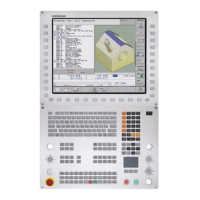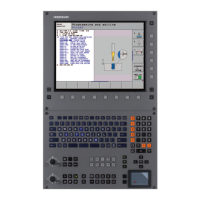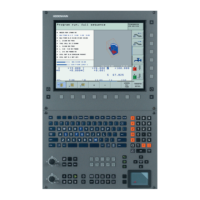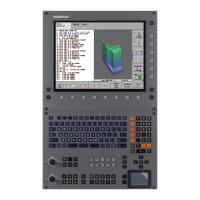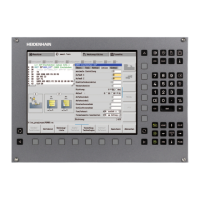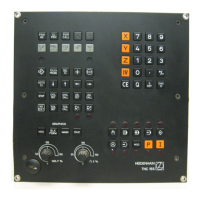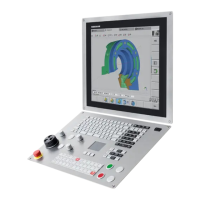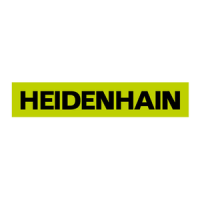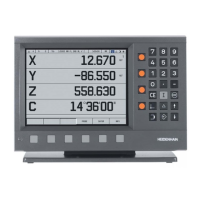HEIDENHAIN iTNC 530 509
12.3 The PLANE function: Tilting the working plane (software option 1)
Selection of alternate tilting possibilities: SEQ +/–(entry optional)
The position you define for the working plane is used by the TNC to
calculate the appropriate positioning of the rotary axes present on the
machine. In general there are always two possible solutions.
Use the SEQ switch to specify which possibility the TNC should use:
SEQ+ positions your machine’s main rotary axis so that it assumes
a positive angle. The main rotary axis is the first rotary axis in the
kinematics description of your machine if you follow the description
starting from the tool, through the machine, to the workpiece:
For pure head kinematics (e.g. fork head) with the rotary axes B
and C, the B axis is the main axis
For pure table kinematics with the rotary axes A and C, the A axis
is the main rotary axis
For mixed head/table kinematics with the rotary axes Bin the head
and C in the table, the B axis is the main rotary axis (see figure at
top right)
SEQ- positions the main rotary axis so that it assumes a negative
angle
If the solution you chose with SEQ is not within the machine’s range of
traverse, the TNC displays the Entered angle not permitted error
message.
When the PLANE AXIS function is used, the SEQ switch is
nonfunctional.
You can also use Q parameters to program the SEQ switch.
Positive Q parameters result in the solution SEQ+, negative
Q parameters in the solution SEQ–.
If you use the PLANE SPATIAL A+0 B+0 C+0 function, you
must not program SEQ-; if you do so, the TNC will output
an error message.
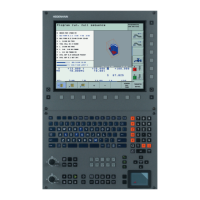
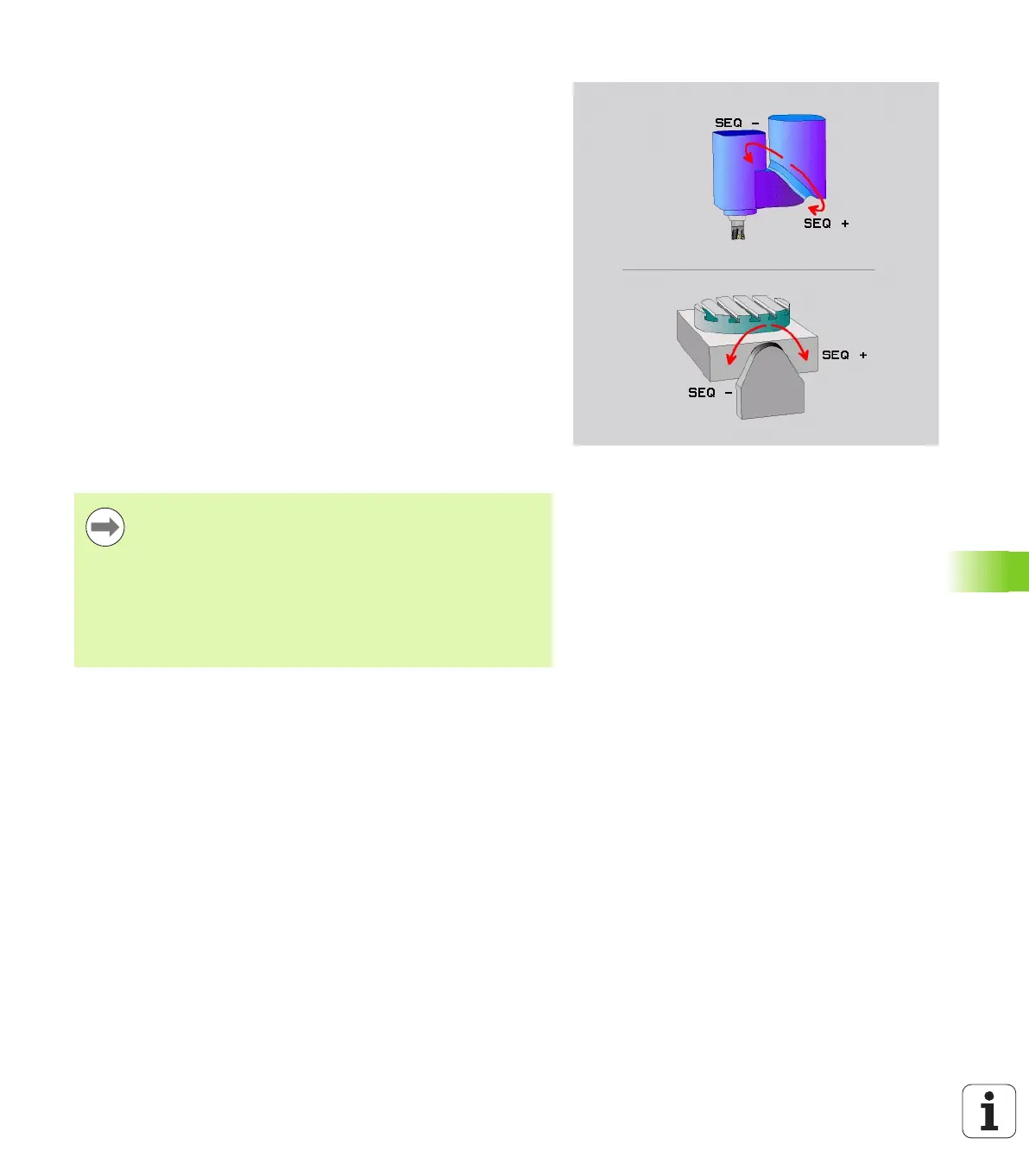